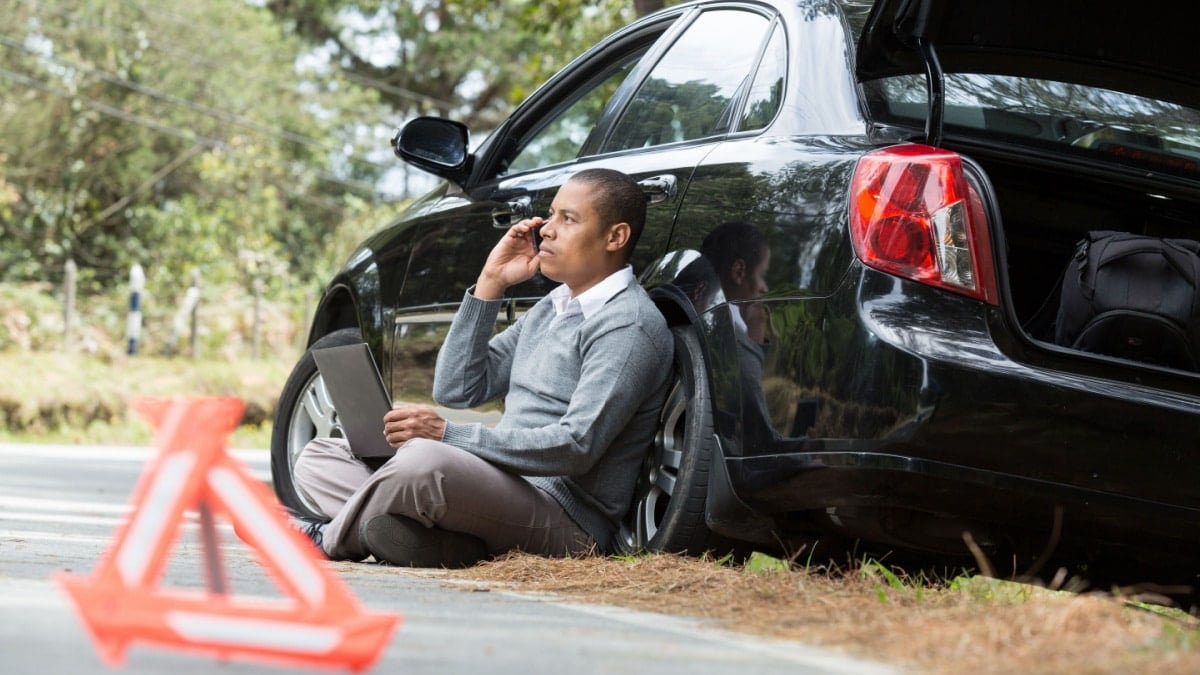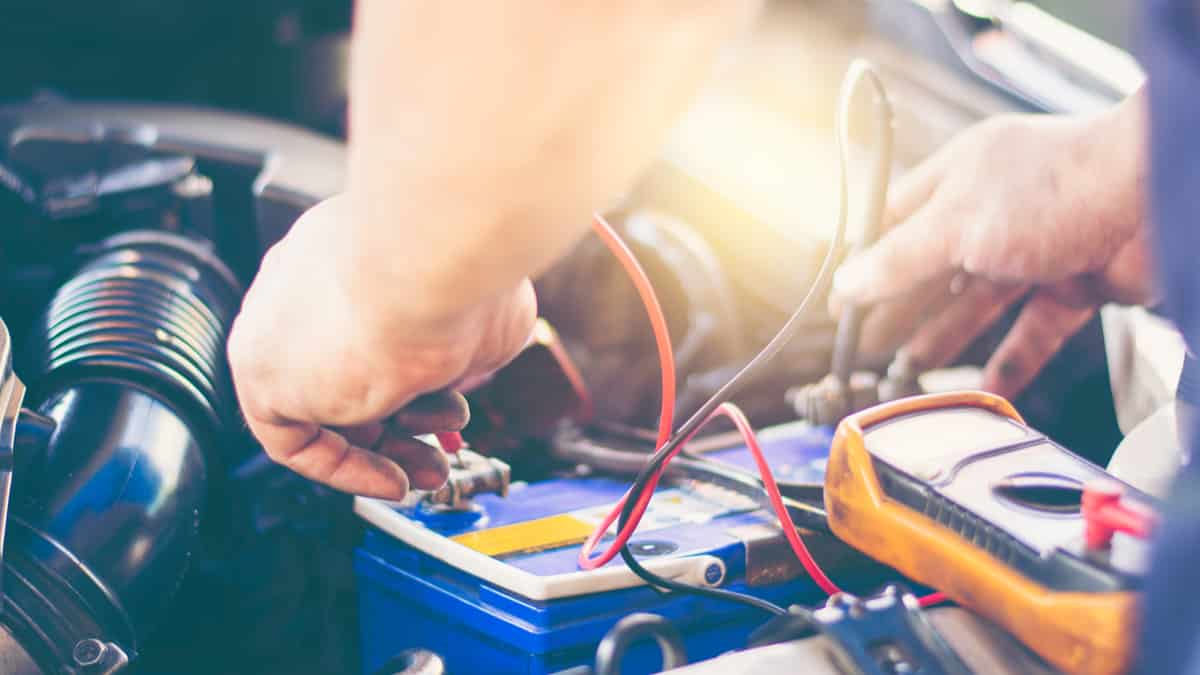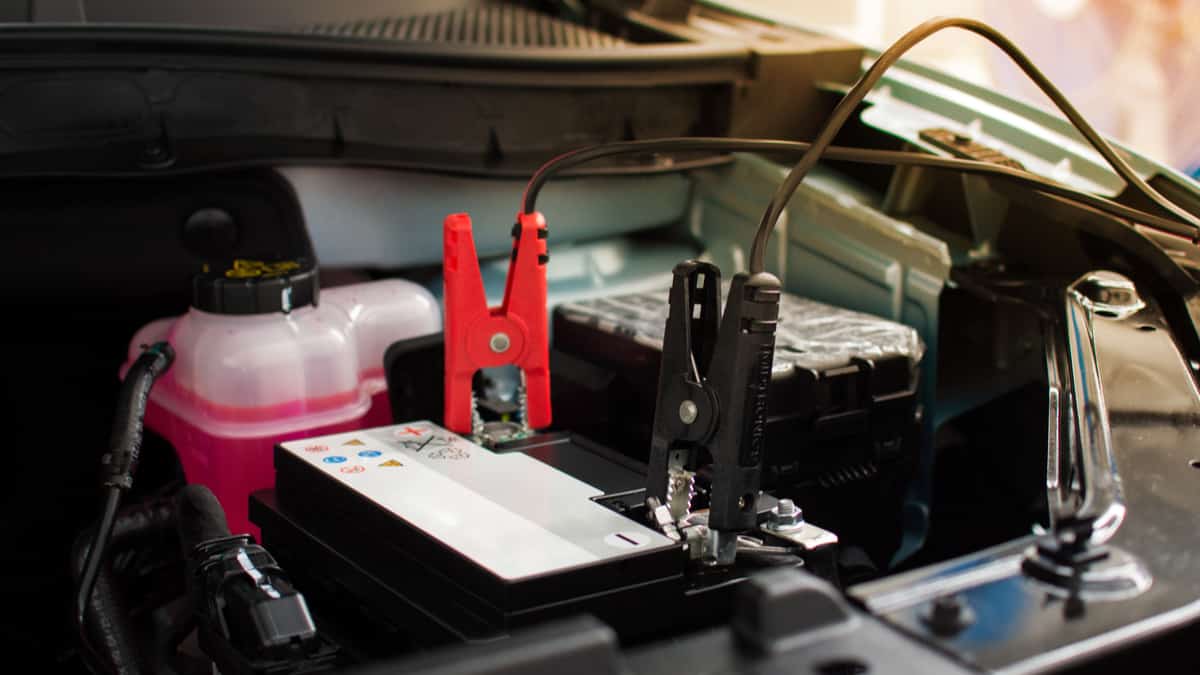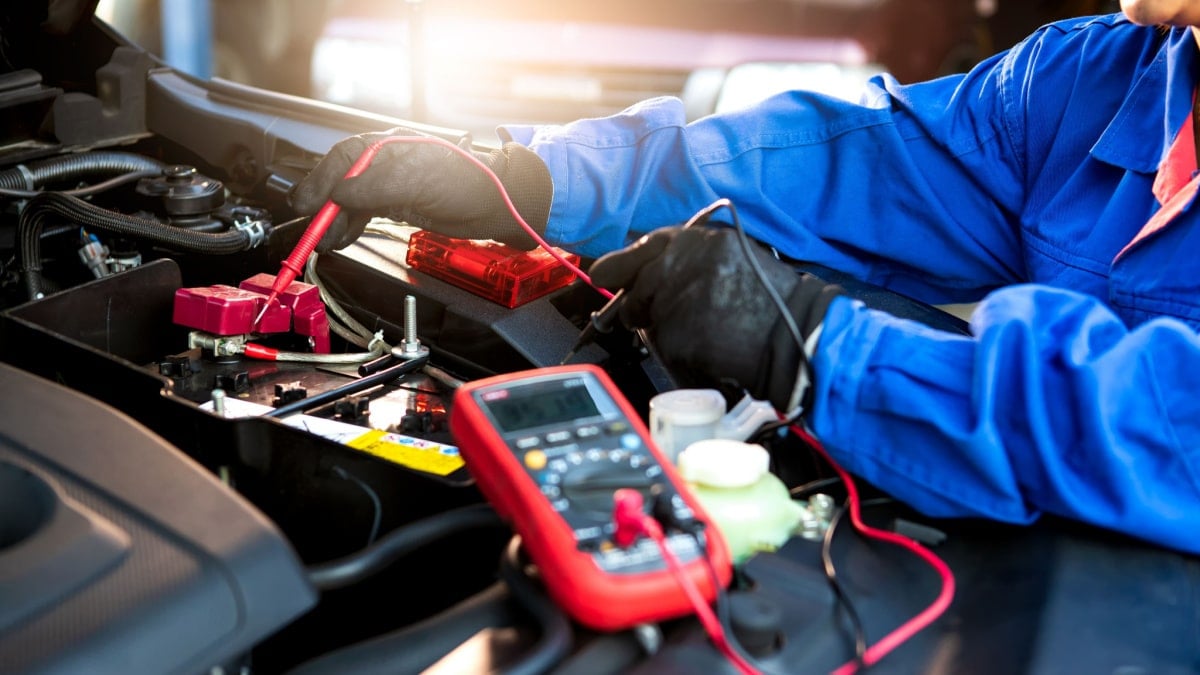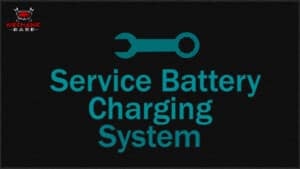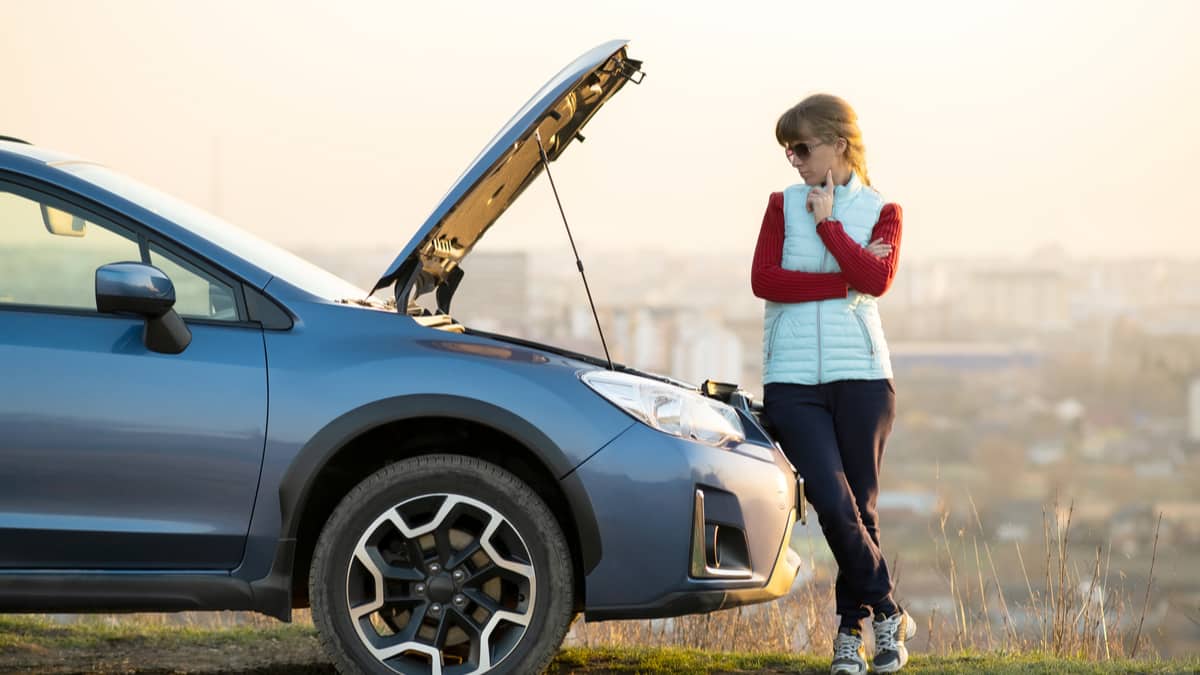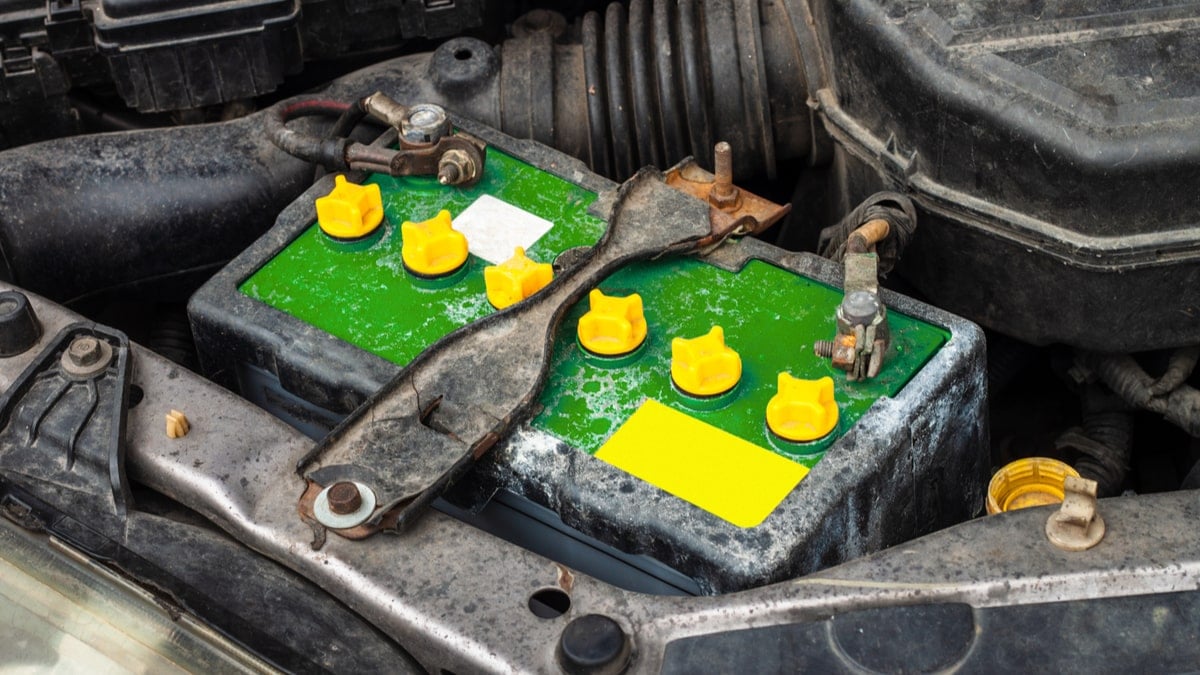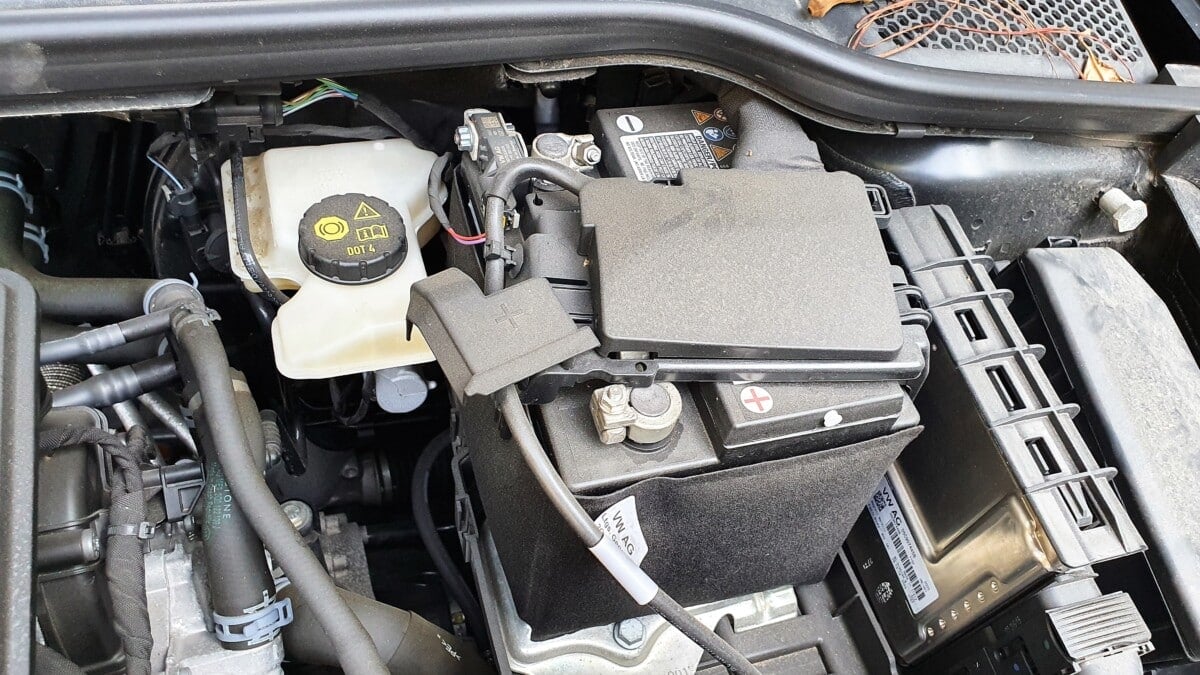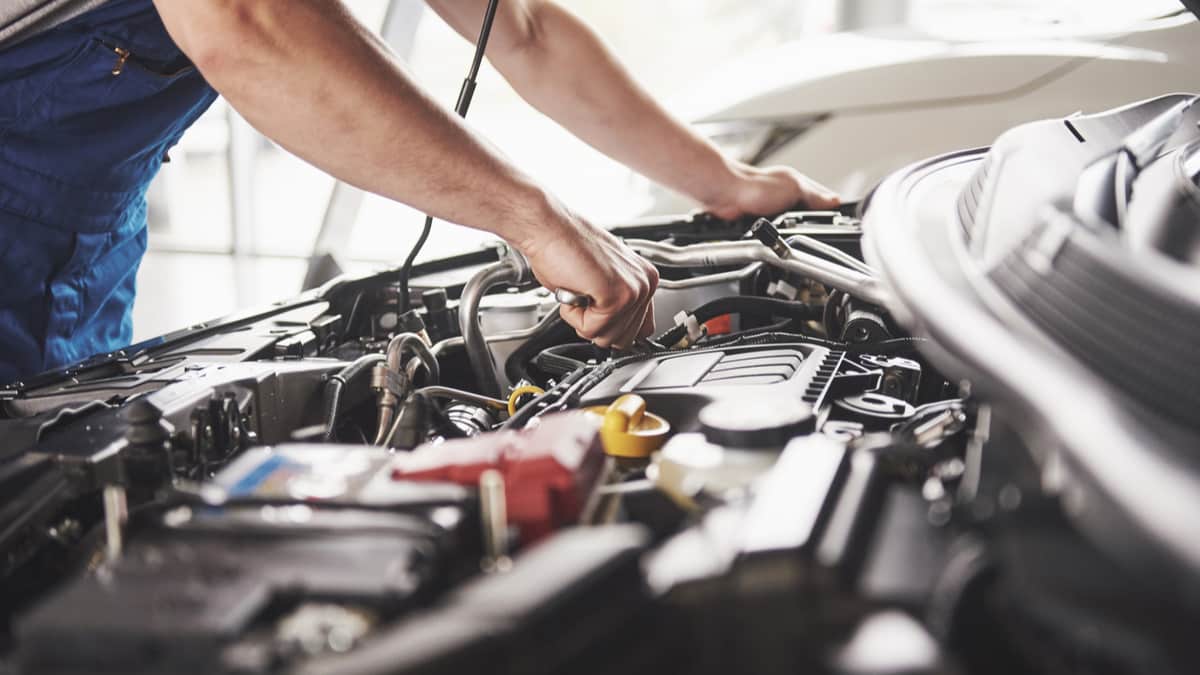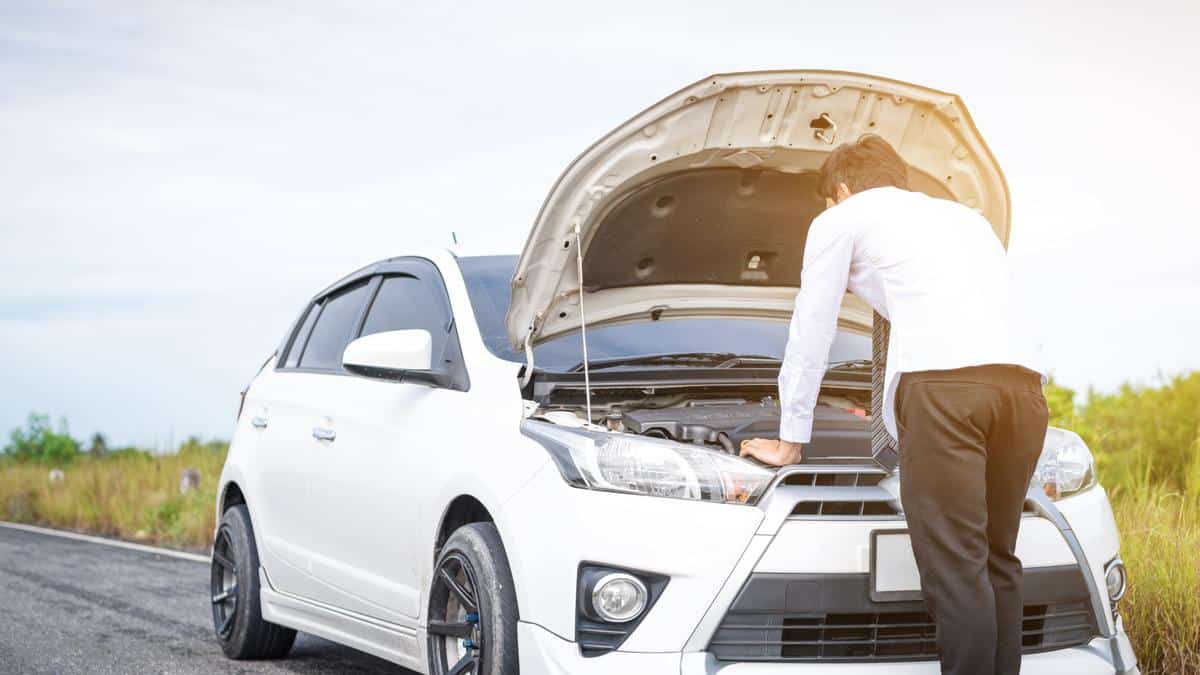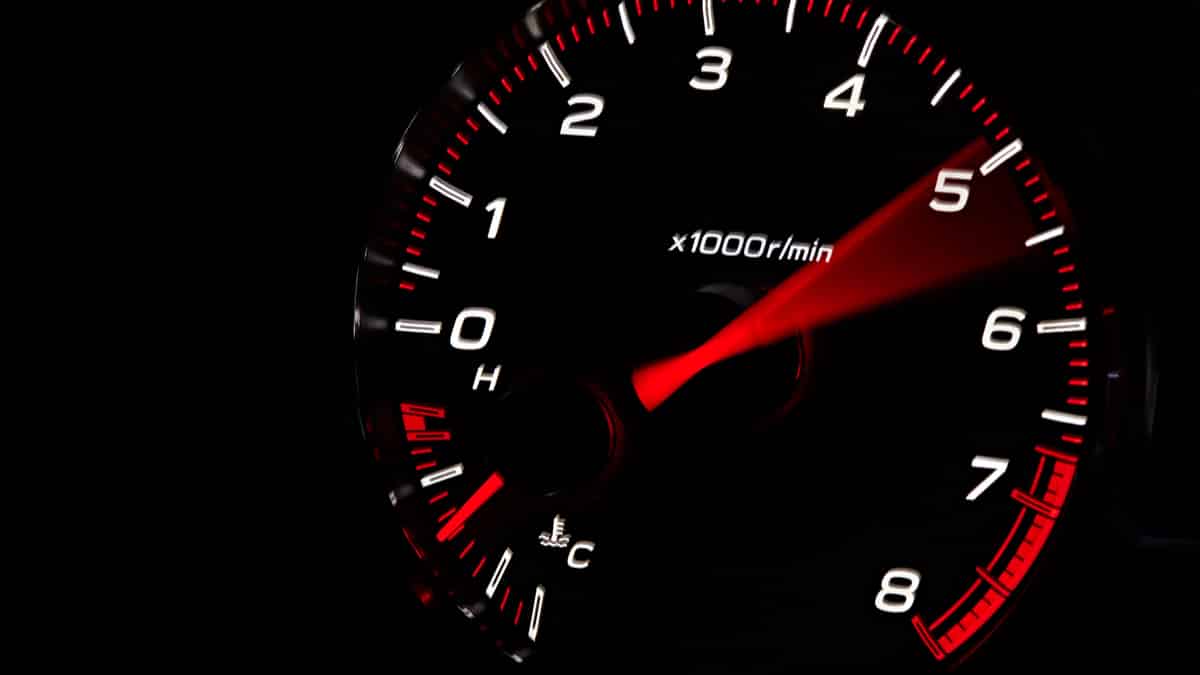You know how important the car battery is when it comes to starting the engine, but you may not have known it’s also needed while driving. Can a car battery die while driving and what happens if it does? These are important questions you need the answers to.
In this guide, we discuss the answers to your most important questions. We look at if the car battery can die and explain why your problem might actually be the alternator. We also show you what to do if the battery dies while you are driving, so you remain protected.
Can a Car Battery Die While Driving?
Yes, a car battery can die while driving. However, if the car battery fails while driving with the alternator working, you may not realize the battery is dead until you turn off the car. Once you try to restart the car, it won’t turn over. If the alternator fails and can’t charge the battery, the car will shut off while driving.
The only way that the car would stop running is if the battery died because the alternator wasn’t charging it or if the battery is too dead to hold a charge. It’s the alternator that recharges the battery while the engine is running.
Before that happens, you should get plenty of notice that the charging system isn’t working. Here are some symptoms to look for.
- Trouble starting the car
- Frequent stalling
- Dimming headlights
- Burning smell
- Battery warning light is on the dashboard
If you notice any of the warning signs, you could find a better location to pull over or you might be able to get the vehicle home before you become stranded.
Learn more: 6 Reasons Your Alternator Is Not Charging & How To Fix It
The Alternator Is More Likely To Blame If Your Car Dies

When the car battery dies, it’s natural to think a replacement will fix the issue. In some cases, that would be true, but not normally if the car stops running while you are driving. In this case, you will likely be looking at a bad alternator.
The automotive alternator sends out voltage to charge the battery while the engine is running. It’s similar to a generator. Additionally, it supplies power to the car’s accessories while the engine is running. Therefore, your vehicle and its features can continue to operate if the battery dies as long as the alternator is still functioning.
Many people will replace the car battery, thinking it is dead when that’s not the case. Once that new battery goes through its charge and dies, it’s then that drivers realize the alternator was to blame all along.
What To Do If Your Car Or Battery Dies While Driving
If the car battery dies while you are driving and you need to take quick action, it’s important to remain calm. Here are a few steps to consider from our experience as professional automotive technicians.
1. Try To Restart Your Car
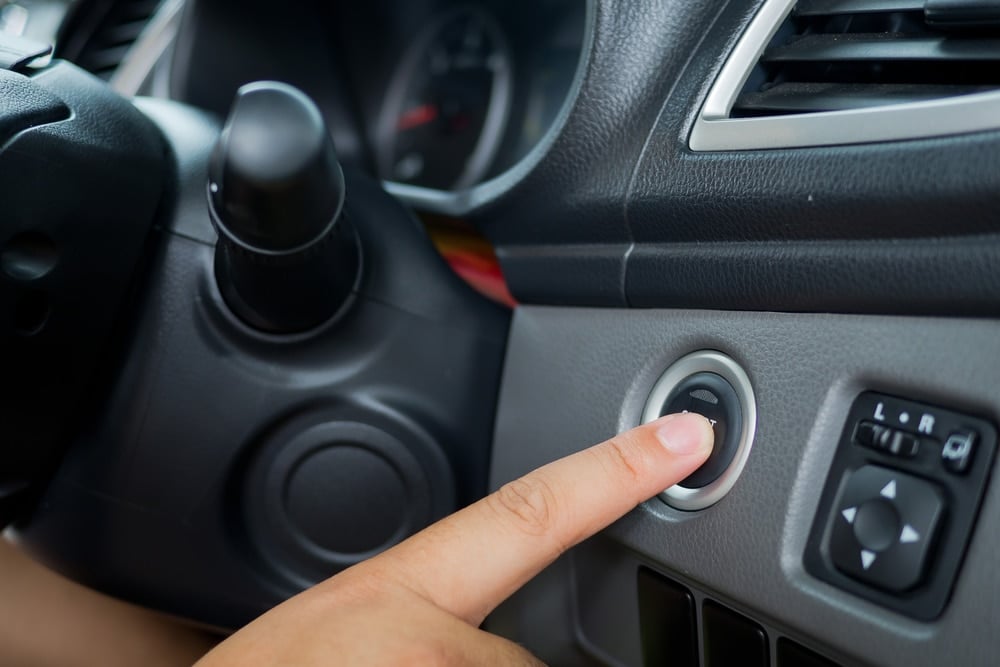
First and foremost, you want to pull over in a safe location. As soon as you recognize that the car is dying, it’s important to locate a safe place to park. You have probably lost power steering and brakes, so it’s going to be more difficult to maneuver the vehicle. Additionally, you should turn on your emergency hazard lights so other motorists know that you are experiencing trouble.
Once you are safely off the road, try to restart the engine. If the battery and alternator aren’t to blame, you may be able to get the car restarted. If you can’t start the engine, continue with our next steps.
2. Check The Charging System
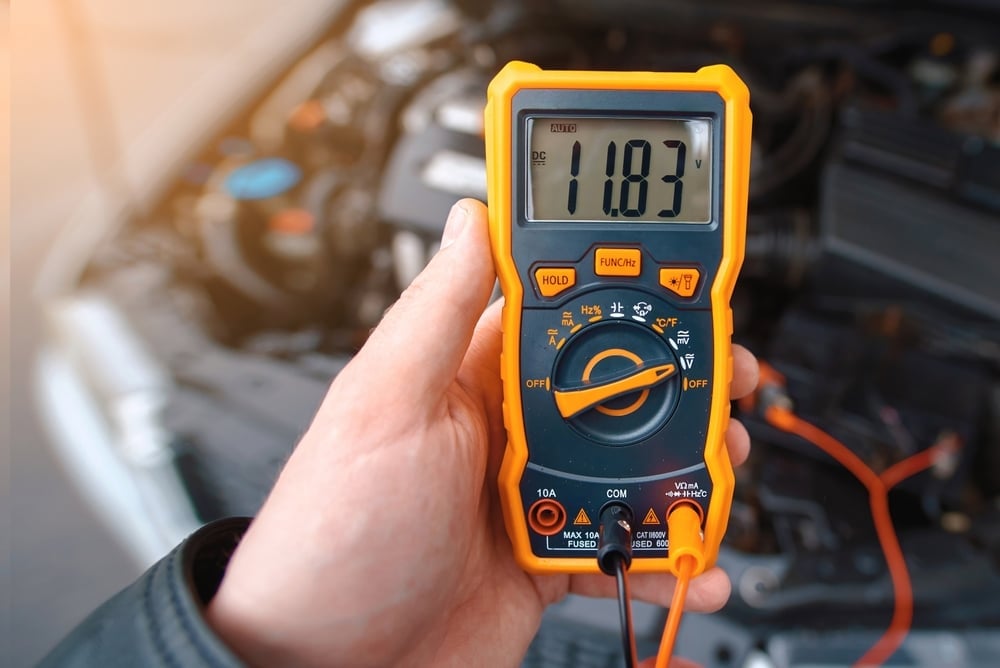
Your next step is to check the alternator. If you don’t have the equipment or expertise, many auto parts stores offer free alternator testing. Here are a few steps to consider if you want to test the alternator yourself.
- Set the multimeter to voltage. Adjust it to 20 DC volts. If there are no incremental settings, just select DC volts.
- Touch each probe to the appropriate battery terminals. The negative should touch the negative and positive to positive. Both the multimeter and the battery should be color-coded, with a negative as black and the positive as red.
- If the vehicle’s battery isn’t easily accessible, you can still find the terminals under the hood. This is the design for most cars with a battery in the fender well or rear seat.
- Read the car battery. It should be between 12.4 to 12.6 volts. If it is below this, you may have a bad battery.
- Start the car engine.
- Take another reading from the same locations. With the alternator running, the voltage should be between 14.0 and 14.5. Anything lower than this indicates that the alternator isn’t supplying enough power. If it’s over 16.5 volts, there is also a malfunction that needs to be dealt with.
Very often, when the alternator has failed, the battery warning light will display on the dashboard. However, this isn’t the case with every model, so you may have no warning.
Learn more: How to Test a Car Alternator (5 Steps)
3. Test The Battery Health

It isn’t much different to test the car battery. You will use the same tools and tactics as testing the alternator. You have your initial reading from when the vehicle was turned off, so you know there’s already a charge in it.
After the initial check, it’s good to do a load test. Here are some steps to consider.
- With the ignition off, turn on the headlights for two minutes. This step helps to remove the surface charge on the battery. If the battery doesn’t sustain this operation, you should replace it.
- If the headlights are still on after two minutes, turn them off.
- Connect your multimeter once again.
After running the headlights, the reading should be similar to the first measurement. It shouldn’t be dramatically different.
It’s also wise to perform a visual inspection of the car battery. Look for cracks or bulges in the battery case. If you notice anything wrong with the case, it’s best to replace it. However, if the problem may just be corrosion, creating a bad connection, you can clean this off with water and baking soda.
4. Replace The Battery

If the car battery fails the checks, you want to replace it. Most car batteries only last for three to five years. If you’ve been hard on the battery, it may fail prematurely.
Additionally, if the battery is fine, but the alternator isn’t working, you need to replace that part. On average, the alternator may last around 100,000 miles, so this isn’t something you should be dealing with often.
Learn more: How Much Does It Cost To Replace A Car Battery?
5. Contact A Professional
Dealing with the battery and charging system is never easy. It does require some level of expertise to understand. While you can perform many of the tests with simple equipment, there’s no sense in stressing yourself if it feels too complicated.
Instead, search for a reliable mechanic in your area. It shouldn’t take more than an hour for a qualified technician to diagnose the trouble. After that, you can get a comprehensive estimate that shows you how much the fix is.
What causes the car battery to die after driving?
If the battery dies after shutting it off, there’s something drawing power. You may have left the lights on or there could be another accessory running with the key off. Otherwise, you want to look for a parasitic drain that is robbing the battery charge when the car isn’t running.
Can your car battery die while the engine is running?
Yes, if the battery dies and the alternator isn’t working, the car may shut off while you are driving. However, if the alternator is still working, the car may continue running with a dead battery. Once you turn the car off, you won’t be able to get it restarted without charging the battery.
Can a car battery just die without warning?
Most of the time, you will get a warning when the car battery is dying. The battery warning light will come on the dash, electronics will stop working correctly and you may not see any light from the headlamps. Additionally, it gets harder to start the car with a dying battery.
How do I know if my car battery is bad or the alternator?
Test the car battery with a multimeter with the car engine off. It should read 12.4 to 12.6 volts. Start the car engine and test the battery again. If the alternator is working correctly, the reading will be between 14.0 and 14.5 volts. If you aren’t sure how to test them, take your battery or alternator for a free check at a local auto parts store.
How long should I run my car if the battery died?
To let the alternator charge the car battery, it’s best to keep the car engine running for at least thirty minutes. We also recommend trying to drive at highway speeds to give the battery its best chance of charging fully. Otherwise, you should plug the battery into a maintainer or trickle charger.
Your car can’t operate without a functional charging system. From the car battery to the alternator, it’s imperative that everything remain in good working order if you want to get from Point A to Point B without trouble. At the first sign of trouble with the battery or alternator, you want to have the vehicle checked.
Replace the battery at the first sign of trouble and keep it in good working condition. The better you treat it today, the more miles it will let you drive down the road.
Learn more:
- Car Battery Won’t Hold A Charge? Causes & Fixes
- Check Charging System Light – Meaning, Causes & How To Fix
- Charging System Failure – Meaning, Causes & How to Fix
Categories: Car Battery
